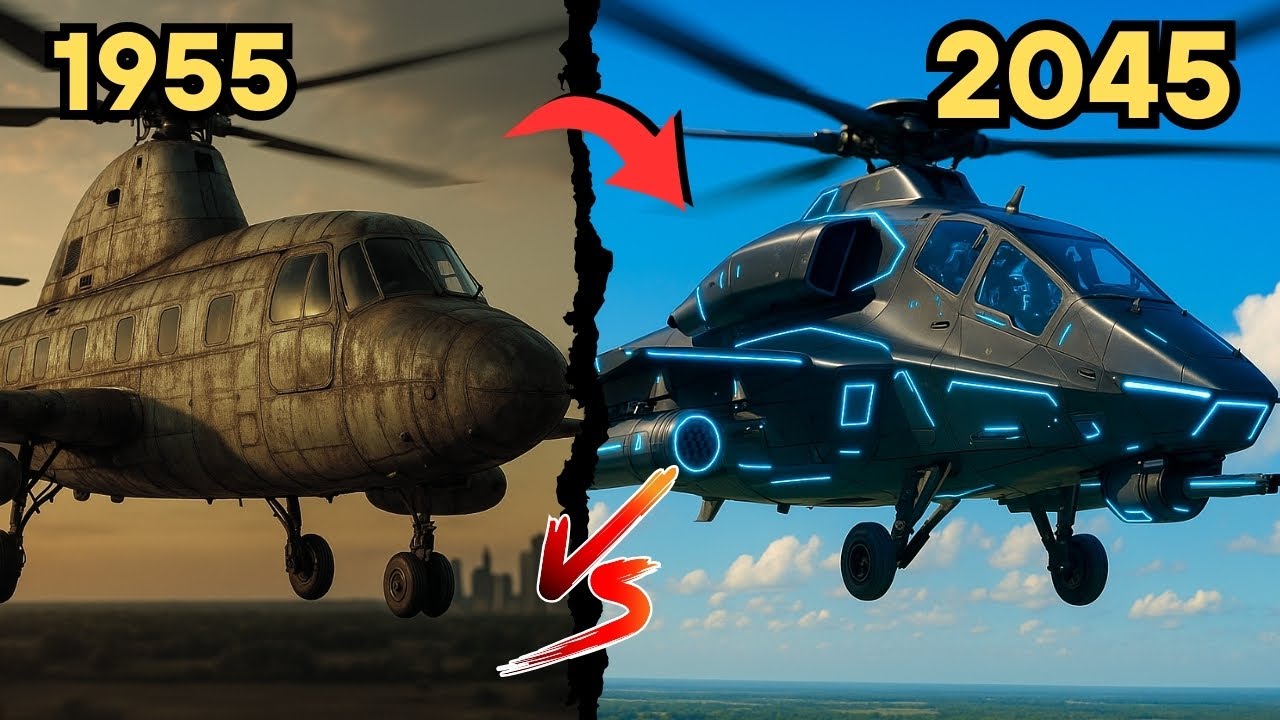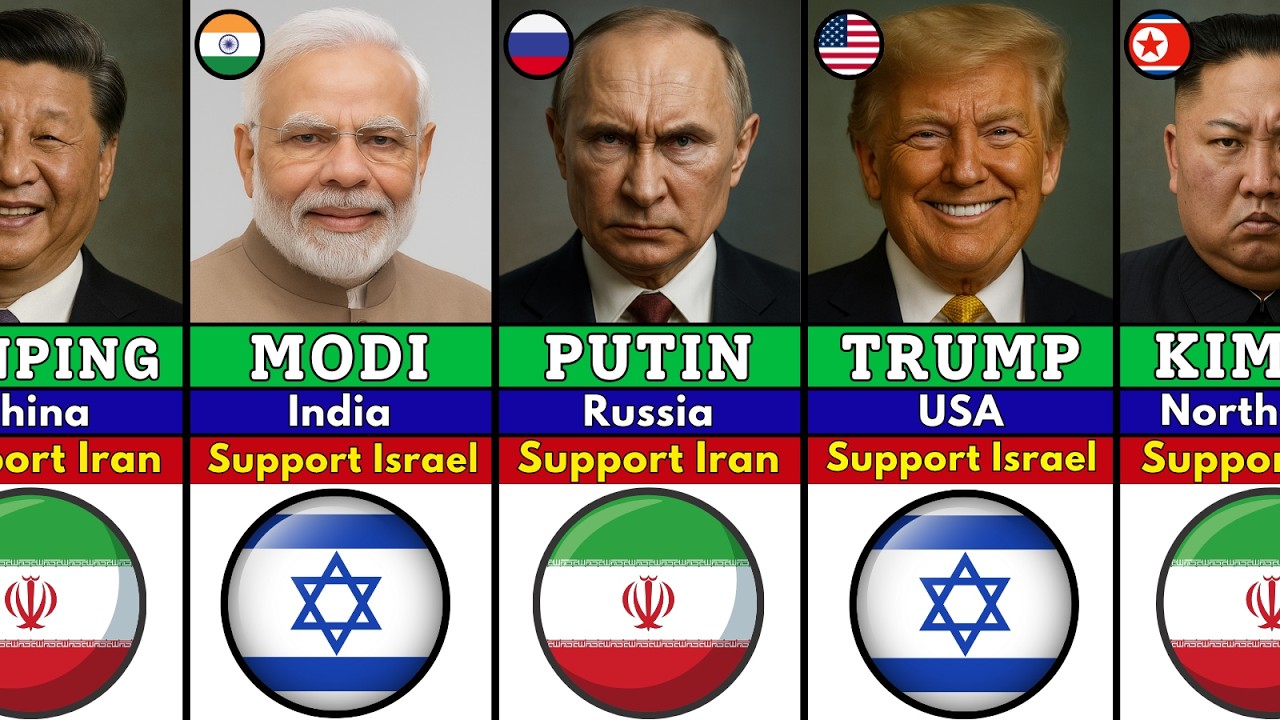In today’s global military landscape, long-range missiles play a critical role in strategic deterrence and defense. These weapons are capable of striking targets thousands of kilometers away, making them key assets for countries seeking to project power across continents. Here’s a look at some of the longest-range military missiles in the world, ranked by their maximum reach.
1. R-36M2 “Satan” (Russia) The R-36M2, also known by its NATO codename “SS-18 Satan,” is currently one of the longest-range intercontinental ballistic missiles (ICBMs) in the world. Developed during the Cold War and still in service with Russia, it boasts a range of up to 16,000 kilometers. With multiple independently targetable reentry vehicles (MIRVs), it can carry up to 10 nuclear warheads.
2. DF-41 (China) China’s Dongfeng-41, or DF-41, is a road-mobile ICBM that has made headlines for its advanced capabilities. With an estimated range of 12,000–15,000 kilometers, the DF-41 is capable of reaching any target on Earth from Chinese territory. It reportedly carries multiple warheads and is a symbol of China’s expanding strategic reach.
3. LGM-30G Minuteman III (USA) The Minuteman III is the only land-based ICBM currently in service with the United States Air Force. Deployed in the 1970s but continuously upgraded, it has a range of approximately 13,000 kilometers. Although older in design, it remains a key pillar of the U.S. nuclear triad and is expected to be replaced by the Sentinel missile in the coming years.
4. RS-28 Sarmat (Russia) Known in the West as “Satan 2,” the RS-28 Sarmat is Russia’s next-generation heavy ICBM, designed to replace the aging R-36M2. With a claimed range of over 18,000 kilometers, it is believed to be the most powerful missile ever developed. It can carry advanced hypersonic glide vehicles and up to 15 nuclear warheads, according to Russian sources.
As nations continue to modernize their strategic forces, long-range missiles remain central to geopolitical power balances. While these weapons serve as deterrents, their growing capabilities underscore the importance of international arms control agreements and global security dialogues.


